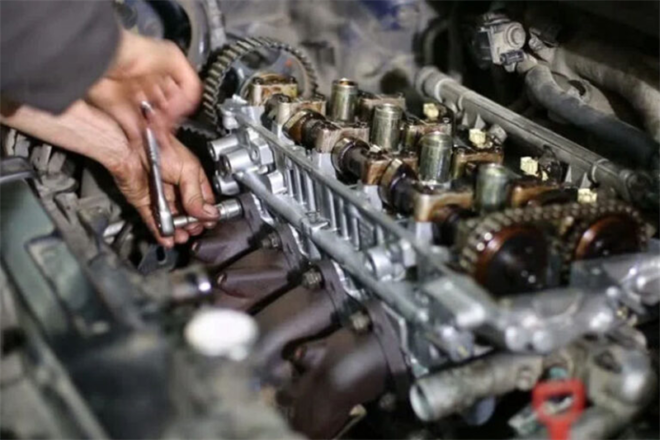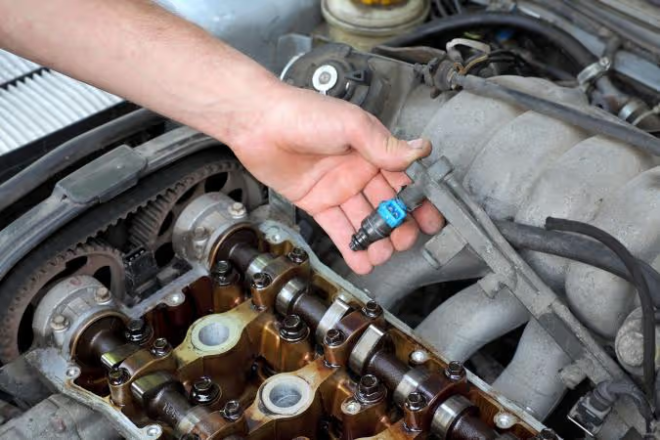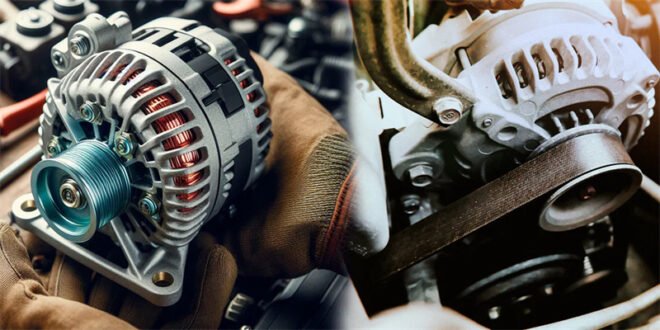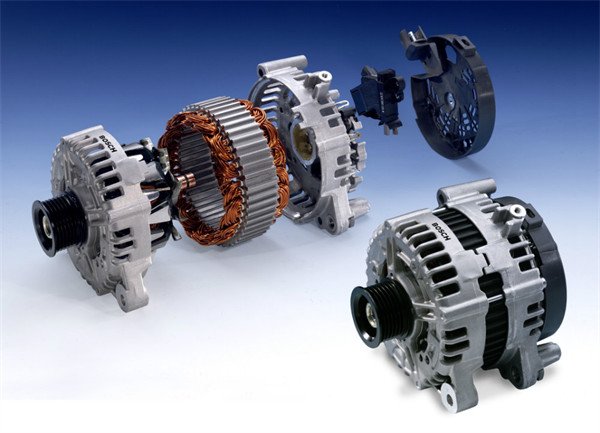In today’s world of high-performance vehicles and fuel efficiency, one technology stands out—turbochargers. Whether you’re a car enthusiast looking to boost horsepower or an everyday driver wanting better fuel economy, understanding how does a turbocharger work can help you appreciate the engineering behind modern engines.
The Basics of How Does a Turbocharger Work
A turbocharger is a forced induction device that increases an engine’s efficiency and power output by forcing extra compressed air into the combustion chamber. Unlike naturally aspirated engines that rely solely on atmospheric pressure, a turbocharger harnesses exhaust gases to drive a turbine, which then compresses the incoming air. This results in more oxygen in the engine, leading to a more powerful explosion and significantly increased performance.
How Does a Turbocharger Work Step by Step?
- Exhaust Gases Power the Turbine – As the engine runs, hot exhaust gases exit the cylinders and are directed toward the turbocharger’s turbine. The force of these gases spins the turbine at extremely high speeds (often over 100,000 RPM).
- Compressor Wheel Draws in Air – Connected to the turbine via a shaft, the compressor wheel spins in sync with it, drawing in and compressing air before sending it into the intake manifold.
- Compressed Air Enters the Engine – This compressed air has a higher oxygen density, which improves combustion efficiency and produces more power.
- Wastegate Regulates Boost Pressure – To prevent excessive pressure buildup, a wastegate controls the amount of exhaust gas entering the turbine, ensuring the turbocharger runs efficiently and safely.
The Key Benefits of Turbocharging
1. More Power Without Increasing Engine Size
One of the biggest advantages of how does a turbocharger work is that it allows smaller engines to produce power comparable to much larger ones. A turbocharged 2.0L engine, for example, can generate as much horsepower as a naturally aspirated 3.5L engine, offering incredible performance without added weight.
2. Improved Fuel Efficiency
Because turbochargers allow smaller engines to produce more power, automakers can use downsized engines without sacrificing performance. This results in lower fuel consumption, making turbocharged cars both powerful and fuel-efficient.
3. Reduced Emissions and Environmental Benefits
Modern turbochargers help reduce CO₂ emissions by improving fuel combustion efficiency. With environmental regulations becoming stricter, turbocharging technology is helping automakers meet global emission standards while still delivering thrilling performance.
4. Enhanced Driving Experience
A turbocharged engine provides instant power when needed, making acceleration smoother and more responsive. Whether you’re overtaking on the highway or driving up steep inclines, how does a turbocharger work ensures you always have the power you need.
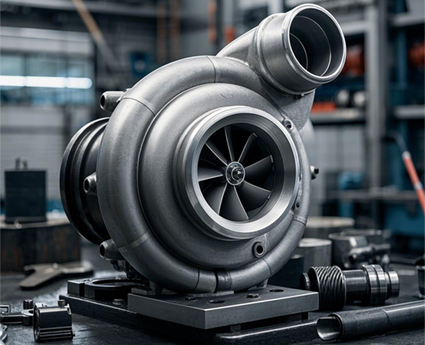
Turbochargers vs. Superchargers: Which One is Better?
While both turbochargers and superchargers are designed to boost engine performance, they work differently:
- Turbochargers are powered by exhaust gases, making them more fuel-efficient but sometimes causing turbo lag (a slight delay before the boost kicks in).
- Superchargers are mechanically driven by the engine’s crankshaft, offering instant power but consuming more fuel.
For daily drivers and performance enthusiasts, turbochargers are often the better choice because they provide higher efficiency, more power, and lower emissions.
The Future of Turbocharging
With advancements in automotive technology, turbocharging is becoming even more sophisticated. Here’s what’s coming next:
- Electric Turbochargers – Using an electric motor to eliminate turbo lag and improve efficiency.
- Twin-Scroll Turbochargers – Separating exhaust pulses to enhance boost response and performance.
- Hybrid Turbo Systems – Combining electric motors with turbocharging for optimized fuel economy and power delivery.
Conclusion
Understanding how does a turbocharger work is key to appreciating modern engine technology. Whether you’re seeking better fuel efficiency, more horsepower, or a greener driving experience, turbocharging is the answer. As technology continues to evolve, turbochargers will remain a crucial component in the pursuit of performance and efficiency. Ready to experience the power of turbocharging? Buckle up—because the future is turbocharged!


